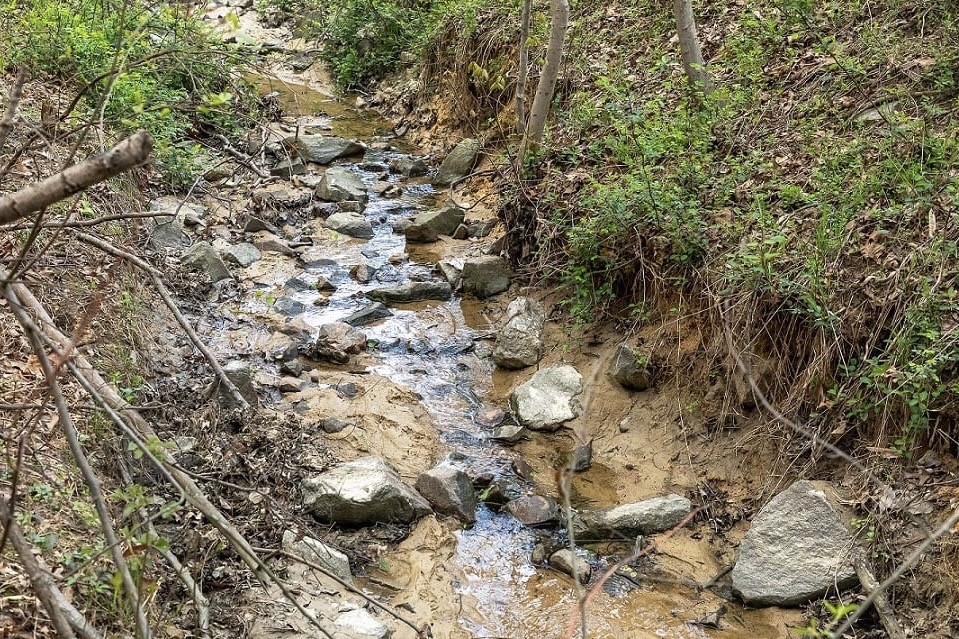Chinn Park Stream Project: A Win for Nature and Neighbors

If you’ve visited Chinn Park lately you may have noticed construction going on for our stream restoration project. The streams in Chinn Park have been impacted by historical and current land uses which have caused erosion of the channels, leading to sediment filling the existing stormwater “Best Management Practices,” otherwise known as stormwater control measures.
The stream restoration project will address these issues by:
* Restoring 2,300 linear feet of degraded headwater stream channel
* Providing innovative stormwater improvements for runoff from 2.34 acres of residential development
* Retrofitting existing stormwater BMP with cutting edge technology
“Restoration of the stream and surrounding areas will help reduce flooding, protect the environment and also improve water quality,” said Tom Dombrowski, Environmental Engineer with Prince William County Department of Public Works. “The area will also be landscaped with walking paths, natural logs steps and trails, as well as planted with 750 native ferns, grasses, and flowers—a win for both nature and those who live in the neighborhood.”
Approximately 31,800 sf of HOA property will be converted into a series of large pools and log cascade structures to reduce stormwater velocity, increase infiltration and provide water quality improvements.
If you're wondering about the trees in the area, the design team surveyed 858 trees along the streams to learn their location, size, and species. The limits of construction disturbance were developed to avoid as many trees as possible, resulting in avoiding over 600 trees. The vast majority of the 219 trees located within the LOD will be salvaged to use in the stream restoration.
Regarding wildlife in the area, the streams in the park currently do not support fish and only a few types of aquatic organisms. The restored stream will hold more water in pools providing a habitat suitable for aquatic wildlife as well as amphibians such as frogs and salamanders. The native seeding, trees, and shrubs will also provide a pollinator and nesting habitat for species.
Want to learn more about the project? Click here for more details including site plans and FAQs.
Related links: